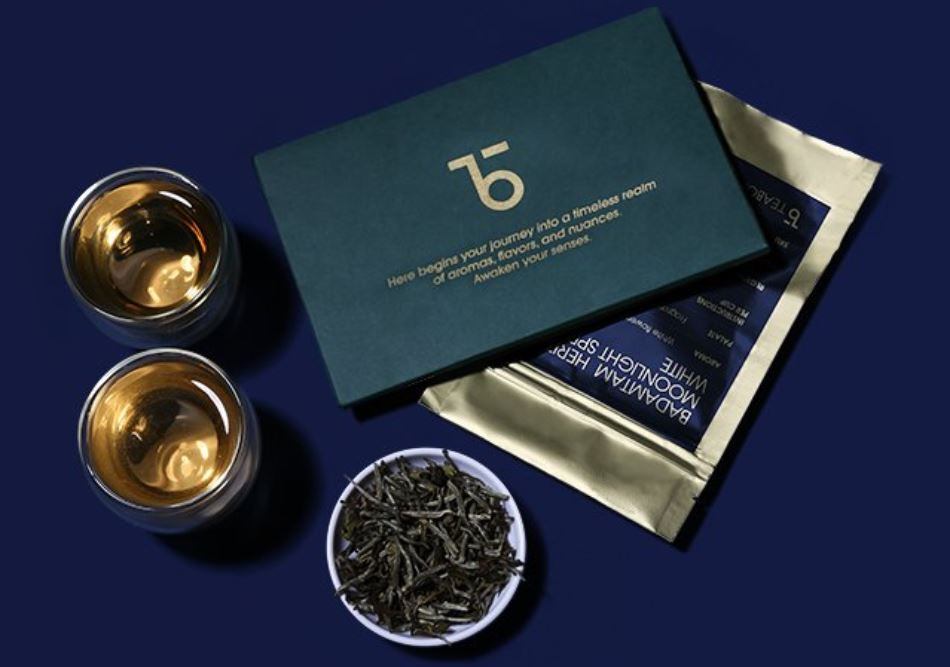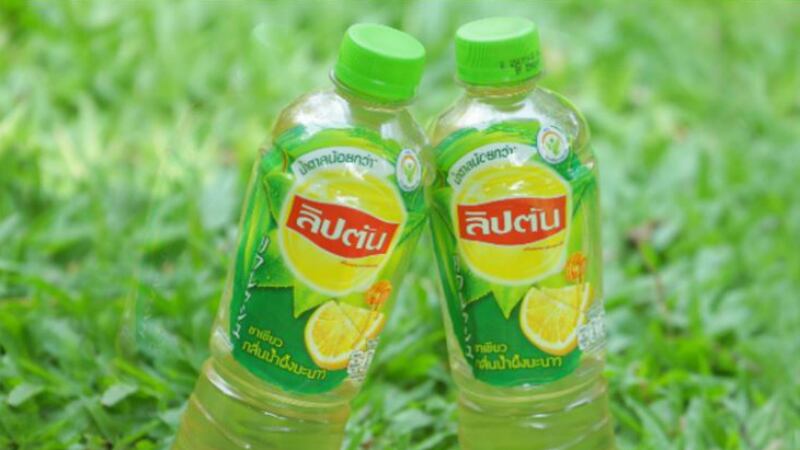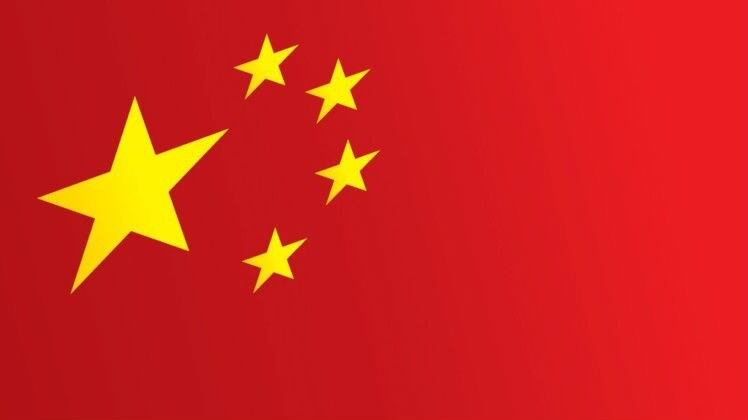Launched as part of the company’s Private Reserve collection, the tea was named Badamtam Heritage Moonlight Spring White and boasts ‘smooth, light-bodied, well-balanced’ liquor, along with a ‘floral-fruity sweetness’ and the fragrance of a ‘flowery bouquet’.
“[This batch is] an exclusive first made from Teabox, [and] is made from only the tender two leaves and buds, the most prized part of the tea plant,” Teabox Founder Kausshal Dugarr told us.
“The leaves and buds were plucked on March 14 from the special clonal section [of the Badamtam tea estate in Darjeeling], situated at 4800 feet.”
The tea has been described as ‘equated to the champagne of France’ and can be steeped up to four times, unfurling different flavours and mouthfeel each time.
According to Teabox: “The first steep, while being intensely floral, quickly transcends into a raw fruity liquor at the second steep. The third steep makes it sweet vegetal while the fourth steep produces a strong mix of floral-fruity notes.”
Dugarr added that another reason for the Moonlight Spring White’s high price point and appeal lay in its season of harvest, or ‘flush’.
“[Darjeeling teas] see four flushes in a year: First/Spring, Second/Summer, Autumn, and Winter. The Badamtam Heritage Moonlight Spring White is part of the first flush, which is the most awaited flush of the year,” he said.
“The leaves and buds are picked around March, after a hibernation period of two months or more, and [every tea connoisseur] treasures Darjeeling first flushes owing to their gentle, delicate taste, rich aroma and light body.
Responding to queries on further premium developments from Teabox, Dugarr replied that more were on the way, saying: “I believe it’s time for tea to be a part of the [premium] league [appealing to a well-off audience] thus far reserved only for antique wines and spirits.”
Shortening the supply chain
Teabox also claims to have ‘revolutionised’ how tea reaches overseas consumers by shortening the conventional tea supply chain.
“The traditional tea route is a long one, beginning in the garden and involving multiple middlemen. It takes between six to eight months for teas, once produced, to reach the consumer,” explained Dugarr.
As per the traditional tea route he described, tea from an estate would have to go through the stages of auction, local exporting, overseas importing, wholesaler and retailer before reaching the target consumer.
“We did away with the long supply chain, reducing it from five stages to two [and becoming] the single link between [tea producers] and a global consumer base [via our online platform], shortening the delivery time to less than a week,” he said.
“[We are also the first in the Indian tea industry to use] a state-of-the-art cold chain process which seals in freshness, delicate aromas, and deliciousness.”
Teabox currently ships to over 115 countries across the globe, but India remains its top priority, followed by the United States, the United Kingdom and Russia.
Trends and certifications
Dugarr emphasised that all Teabox blends use only all-natural ingredients despite their multiple unique offerings such as Assam masala, mountain rose, and kashmiri kahwa.
“[While] selecting gardens to procure teas from, certifications from Rainforest Alliance, UTZ, and so on are an important part of the process [for us too],” he added.
Although the company started with an online presence, it has decided to shift to a more omnichannel approach over the past few years.
“Starting with India, we are aggressively expanding our offline presence [with] our first offline experience store at the Mumbai International Airport [and with our products] present across all premium supermarkets in Bangalore and Mumbai,” said Dugarr.
More on tea elsewhere
With the tea market estimated (by Zion Market Research) to reach some US$73bn in value by 2024, India is far from the only country with a growing interest in the beverage.
Australia is looking to become one of the world’s major exporters for green tea – even exporting back to Japan, which is already one of the world’s major green tea exporters.
According to Australian Green Tea Cooperative founder John Robb: "Because we're southern-hemisphere production, we're out of sync with the Japanese production cycle, so they can have fresh tea at two different times of the year."
The average per capita consumption of green tea in Japan was 628 grams in 2016.
In China, market intelligence agency Mintel said that the tea market grew by 14% from 2017 to 2018 to reach CNY48.5bn, with volumes also surging 4% in this period to reach some 1.3 billion litres.
Meanwhile, a Singaporean start-up has invented technology to ‘fingerprint’ tea using metabolomics, which could revolutionise the industry in terms of quality, traceability and authentication.
The main characteristics that the technology can be used to identify are origin (e.g. Taiwan oolong vs Vietnam oolong), terroir (high land vs low land) and harvest date (spring vs autumn).





